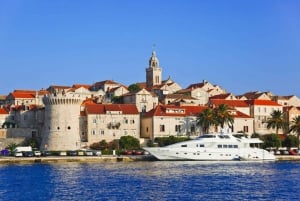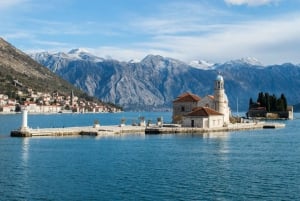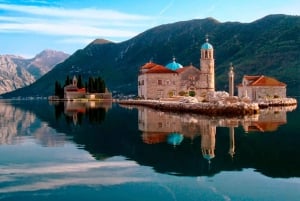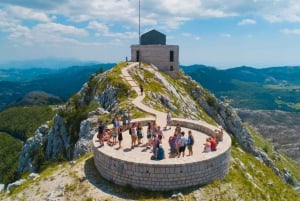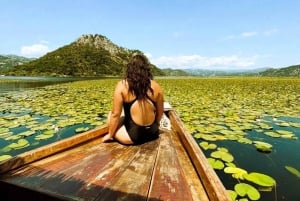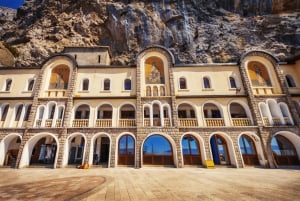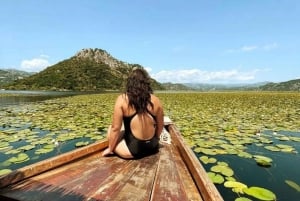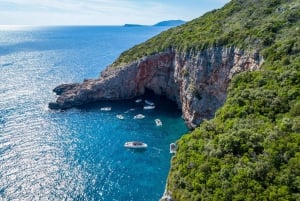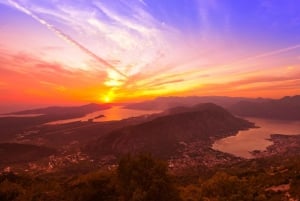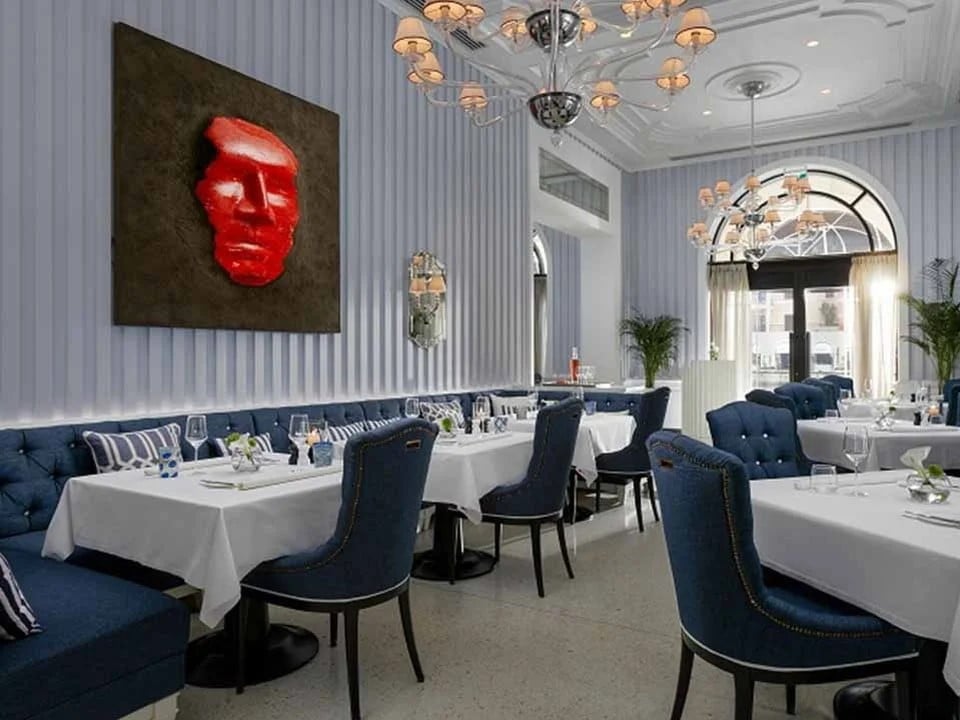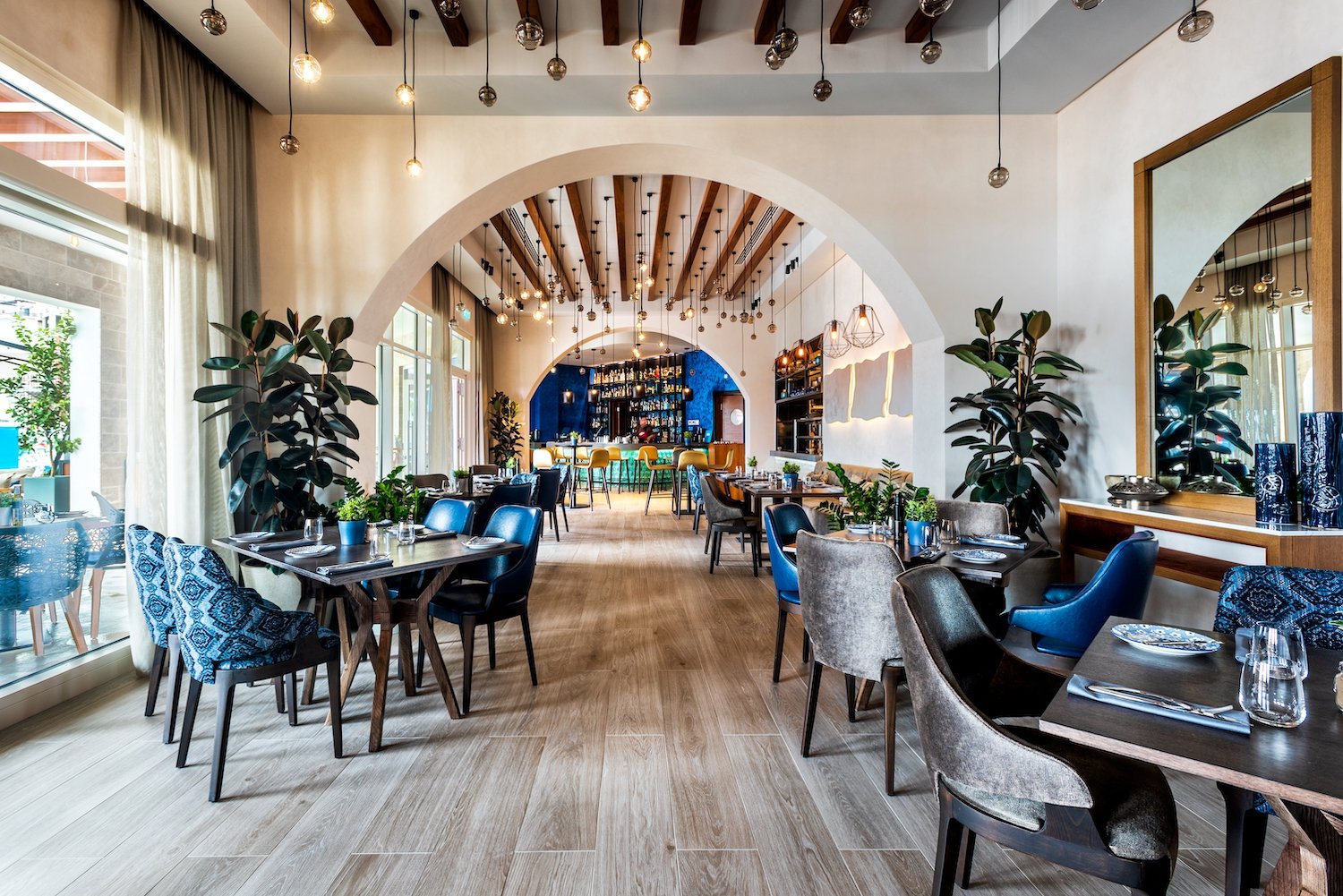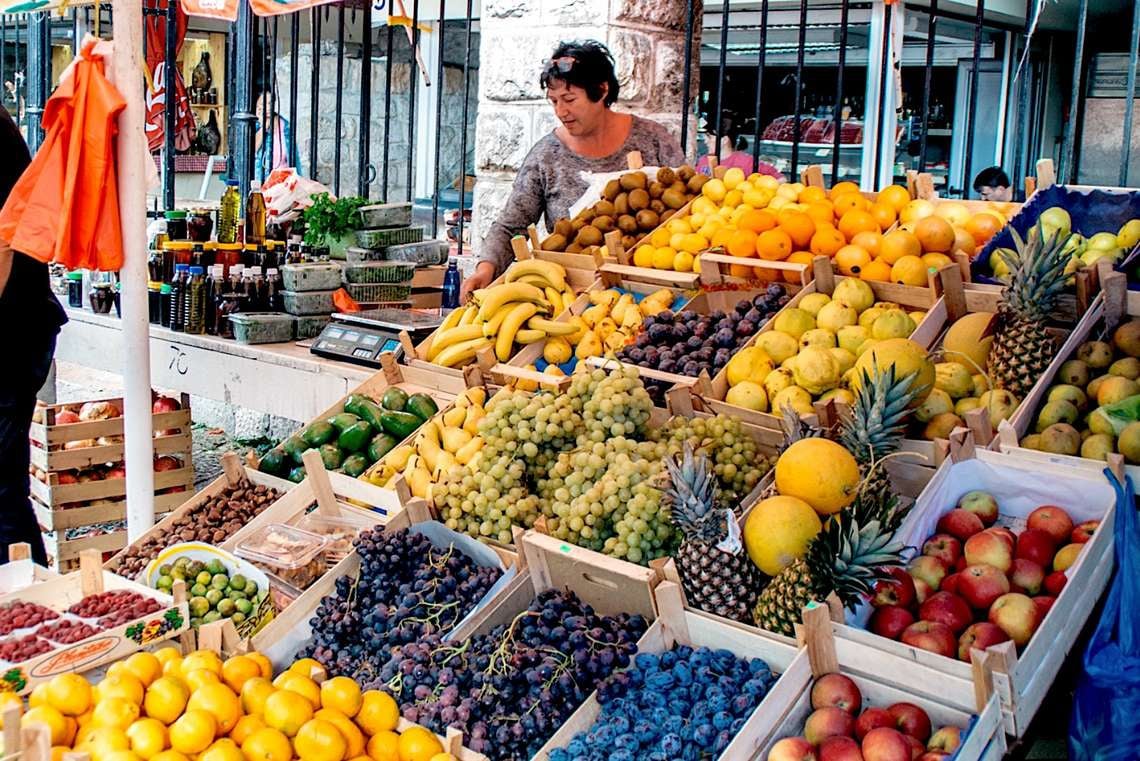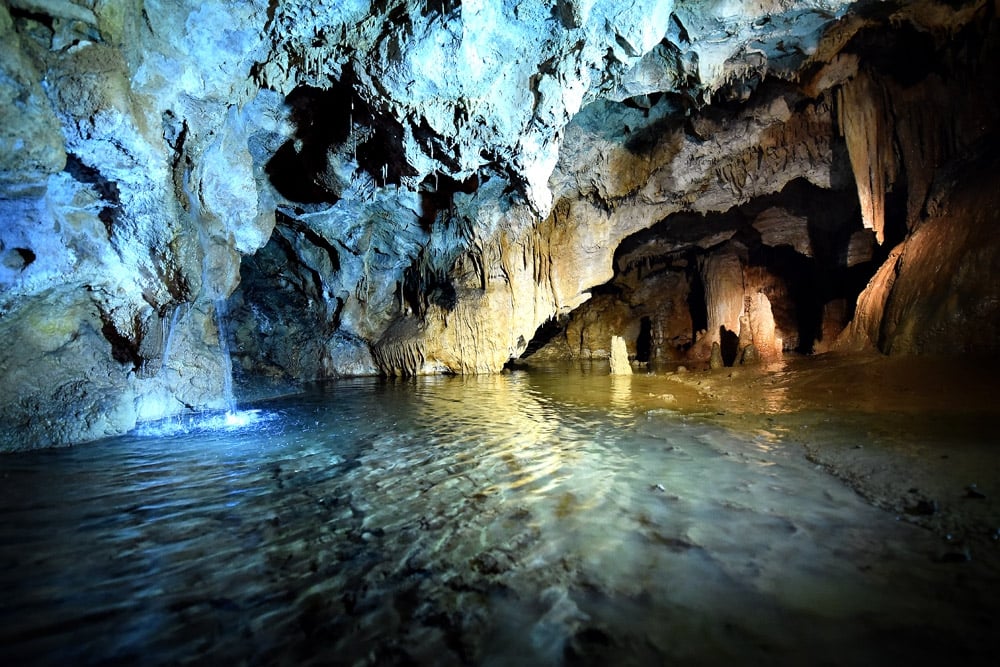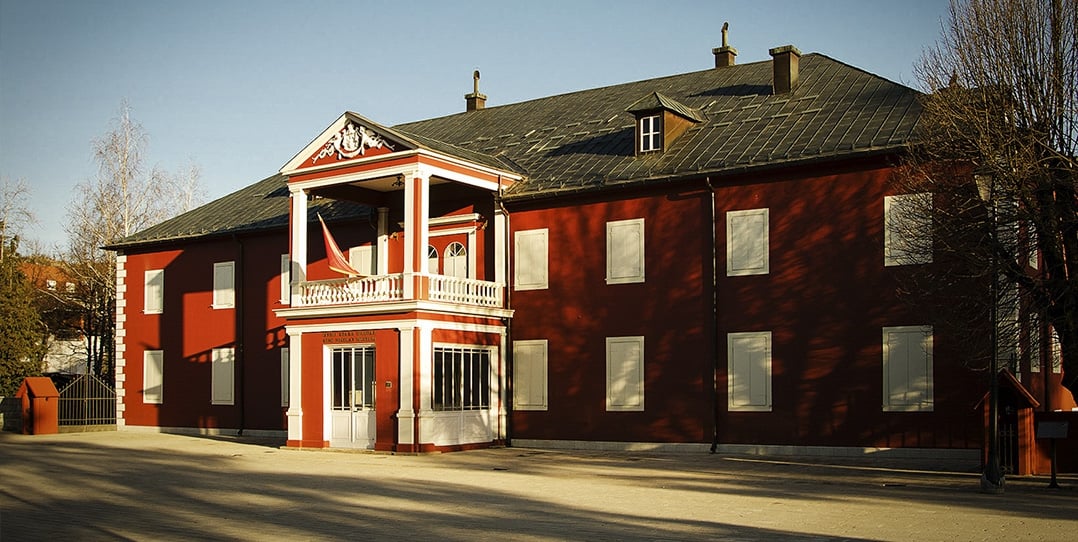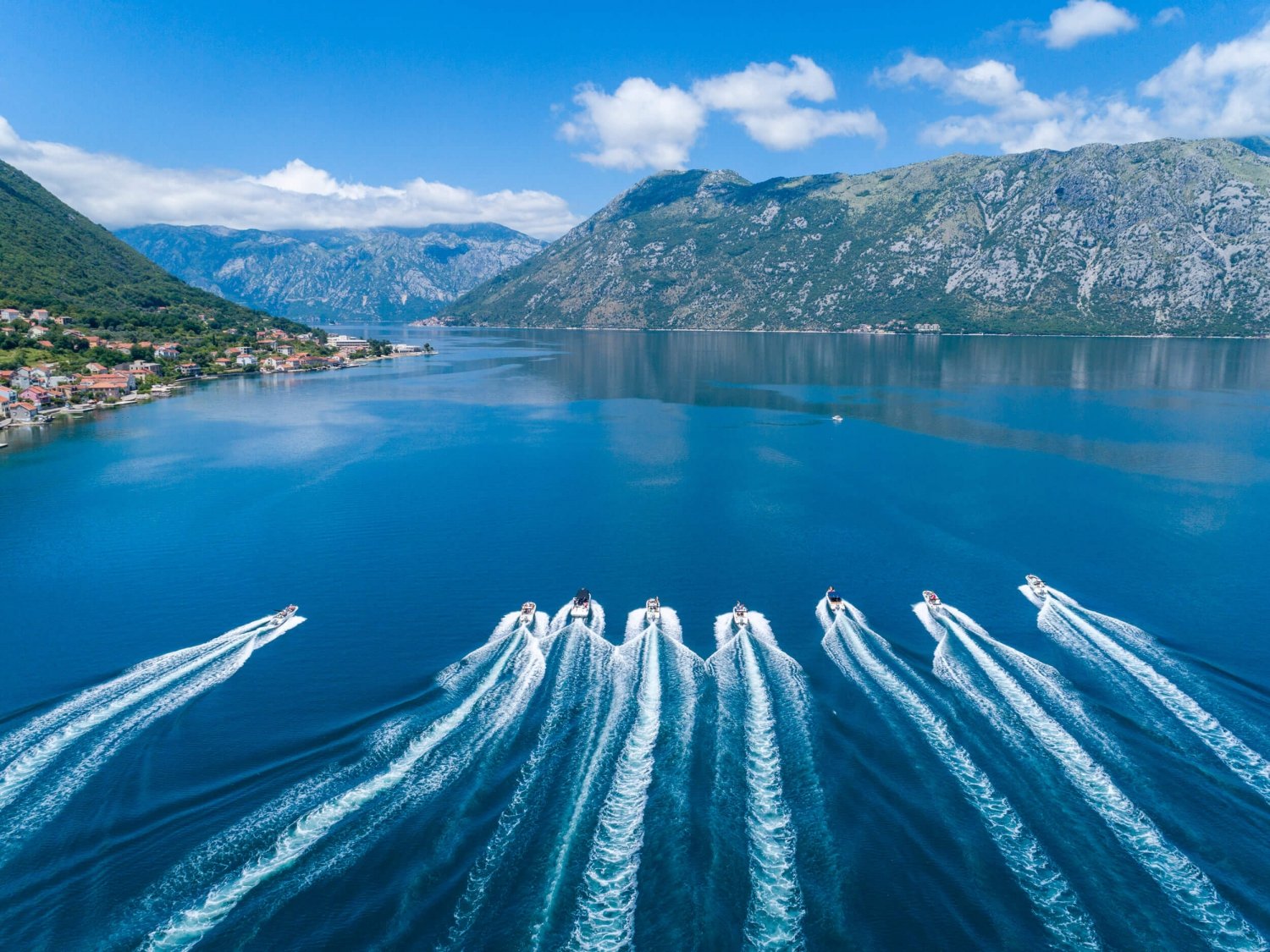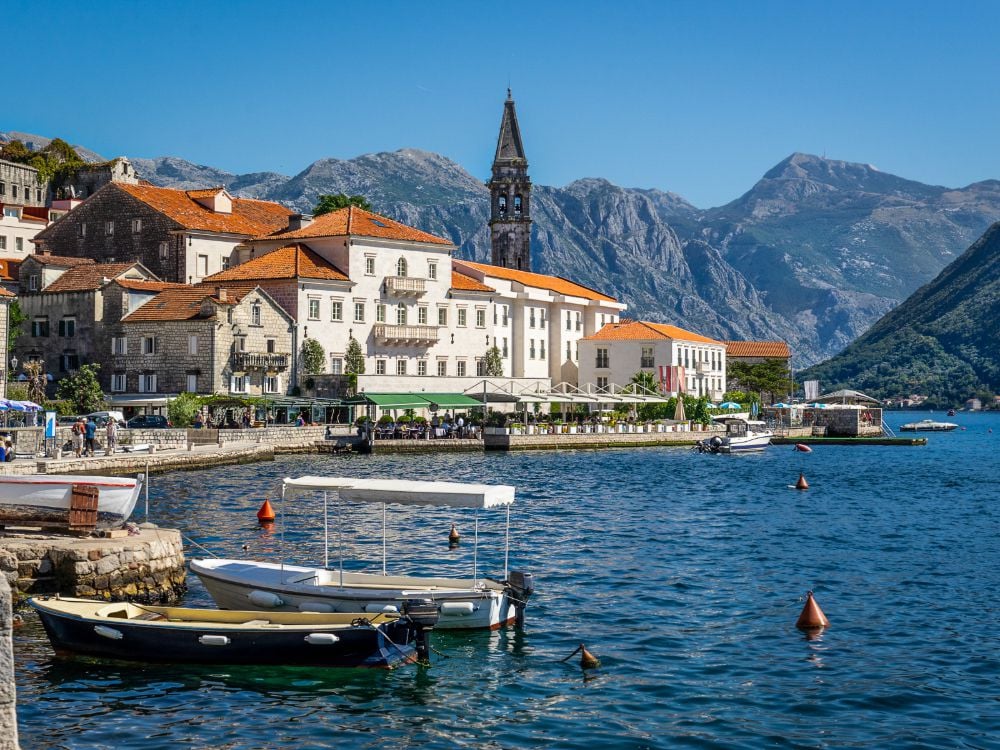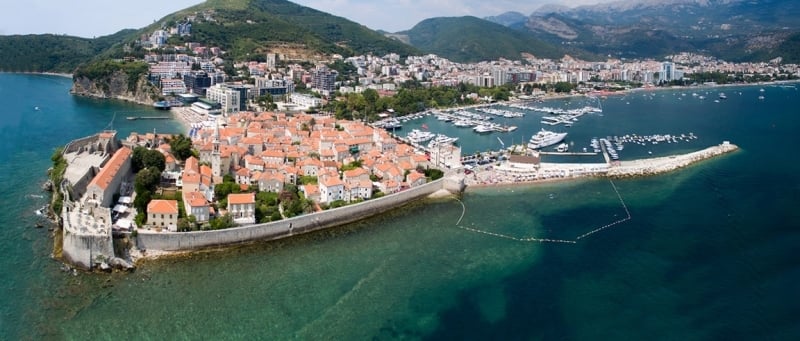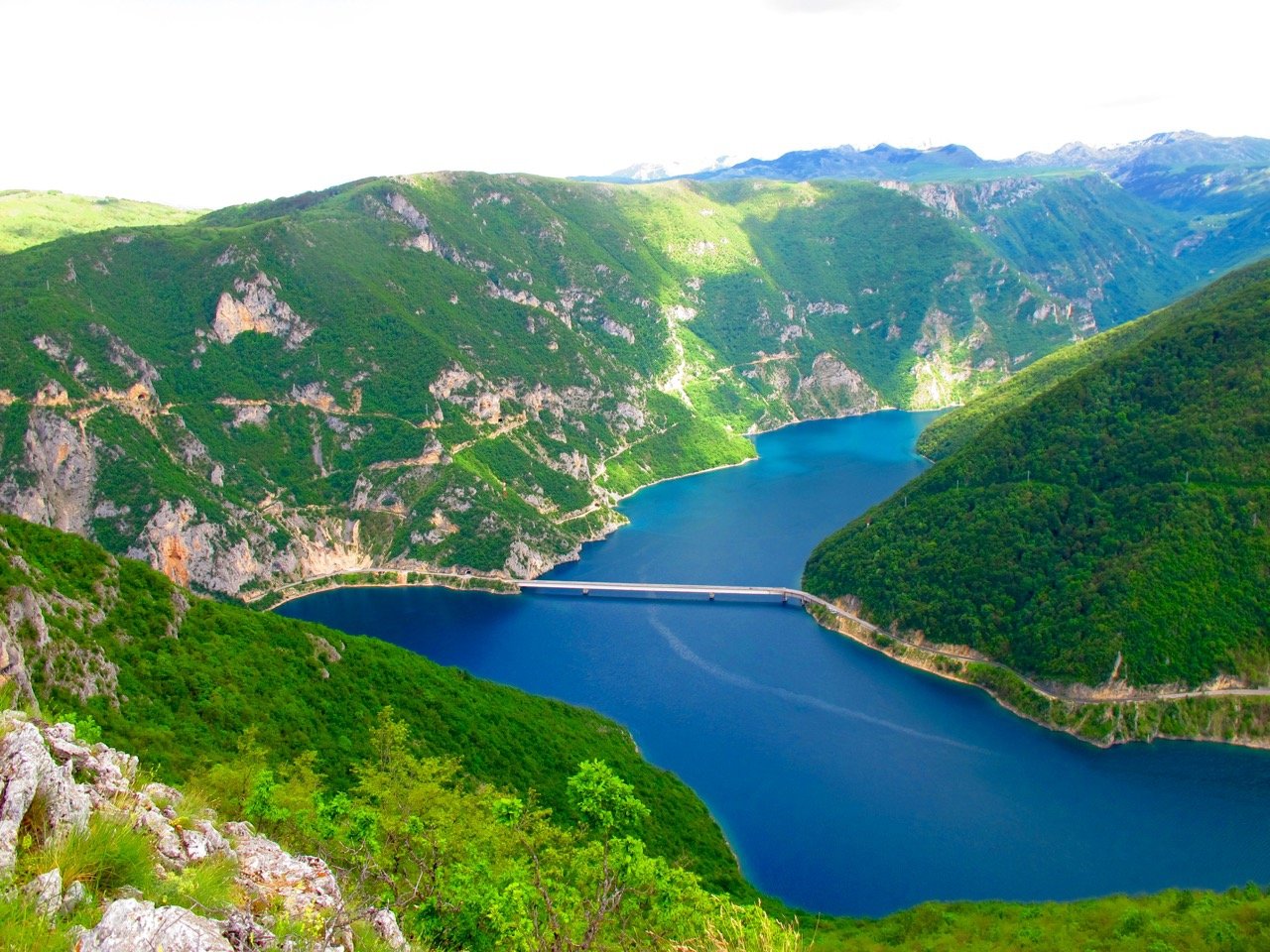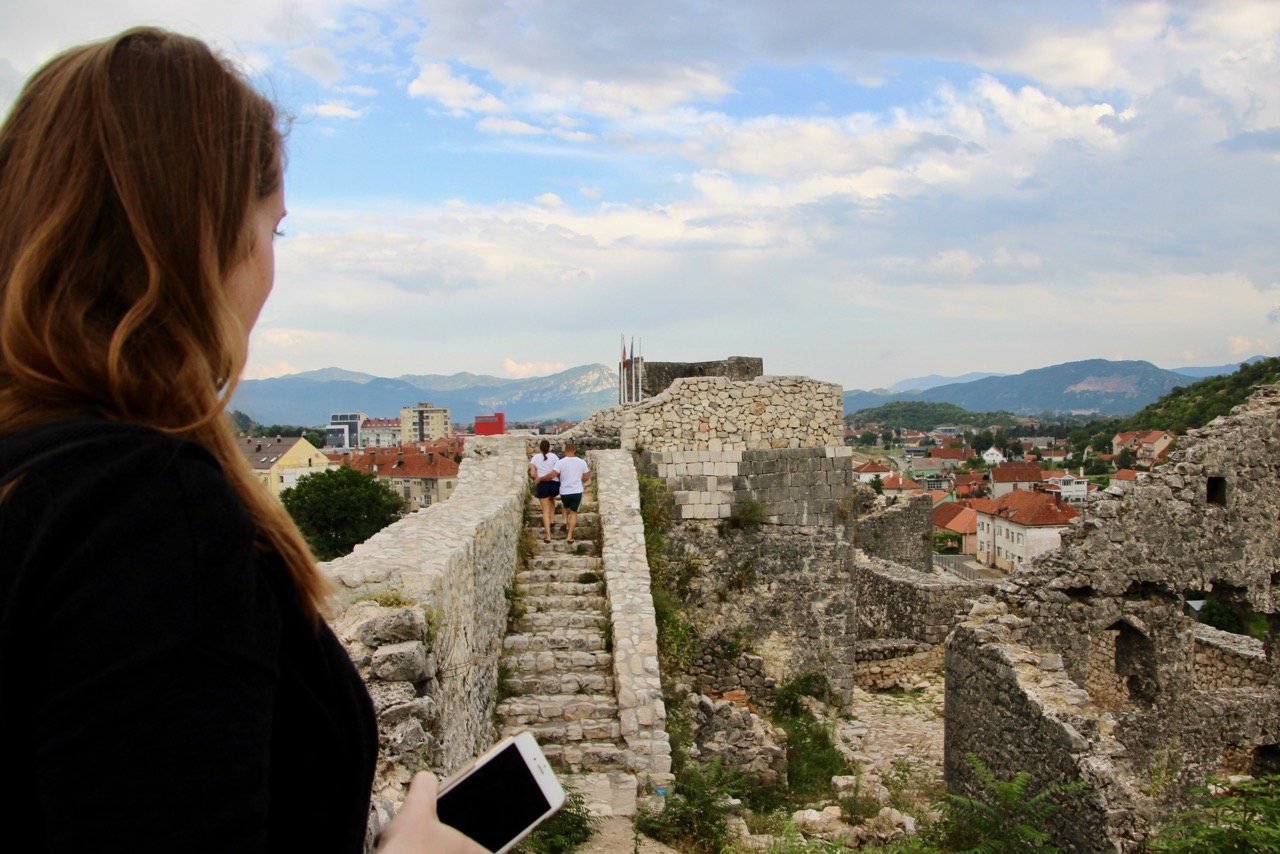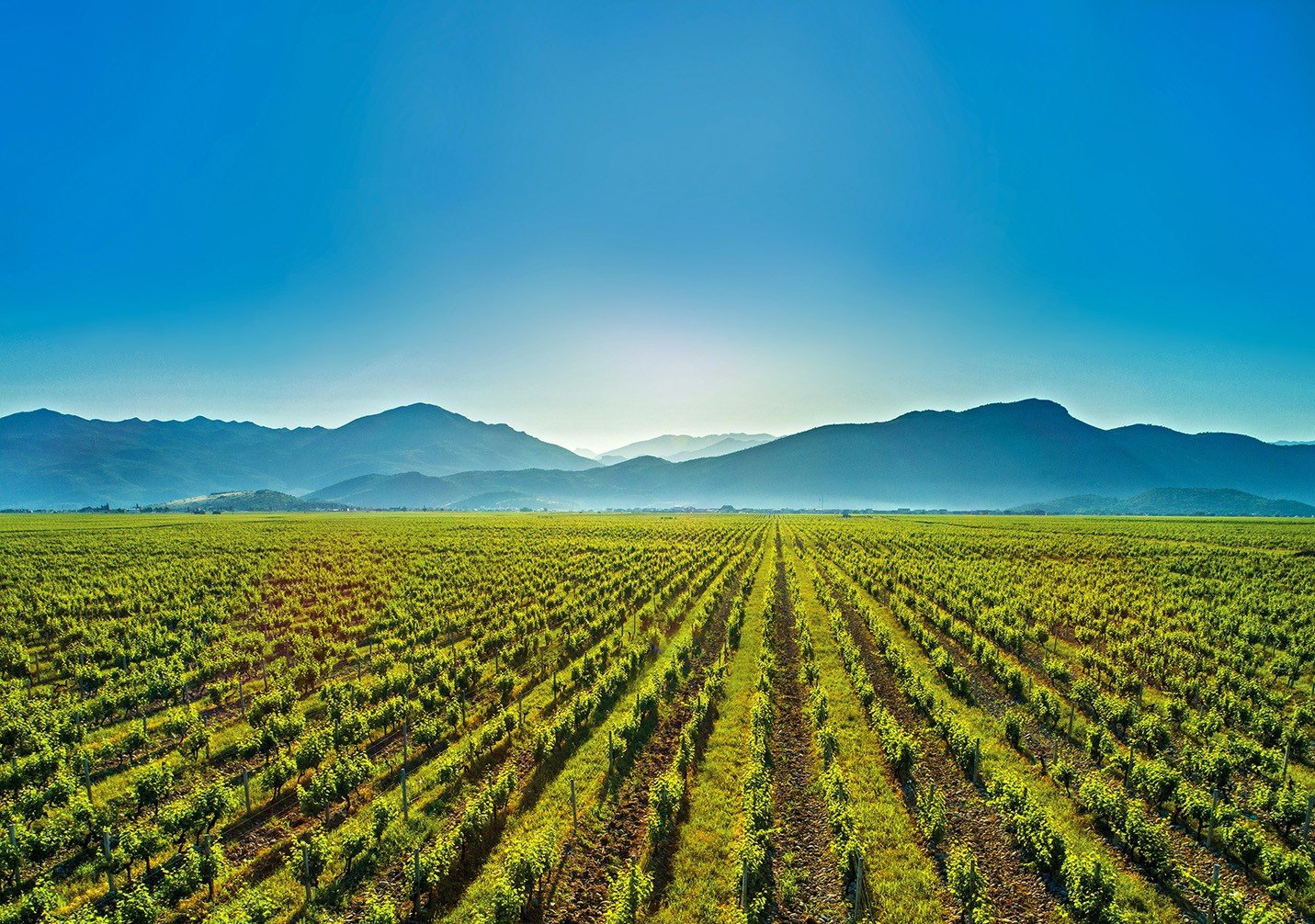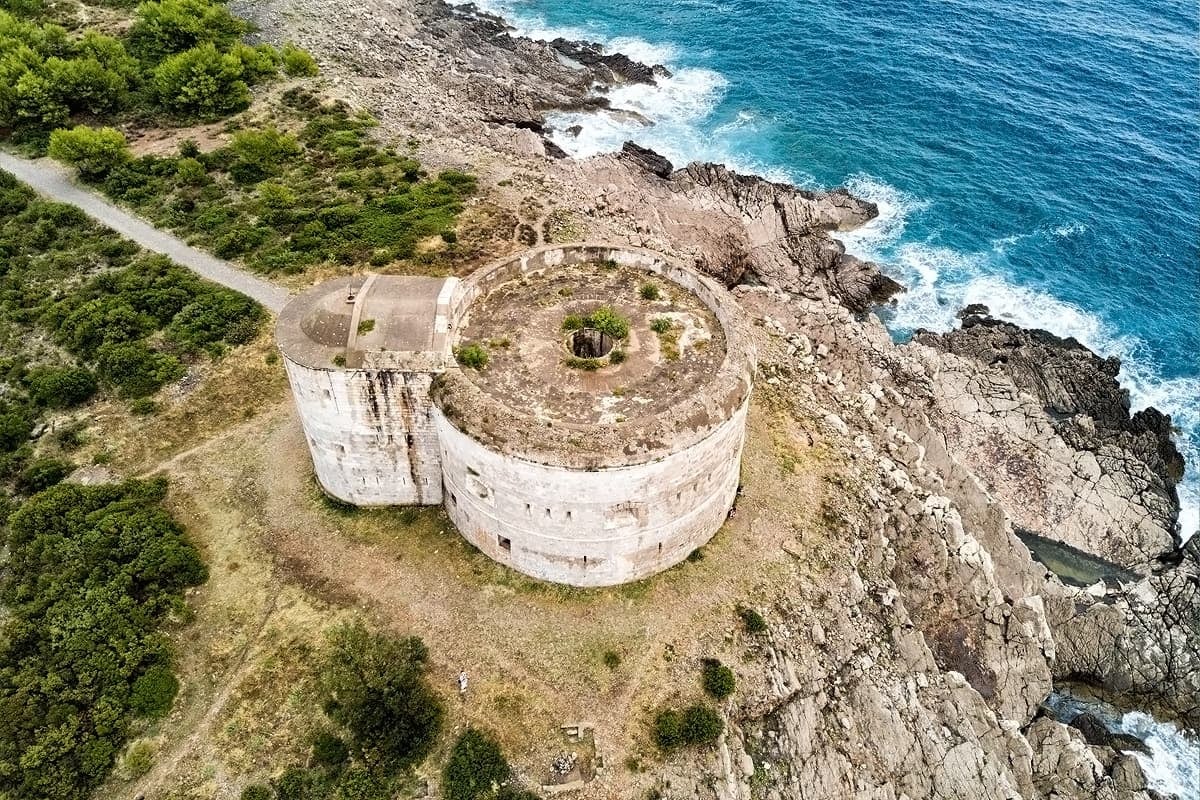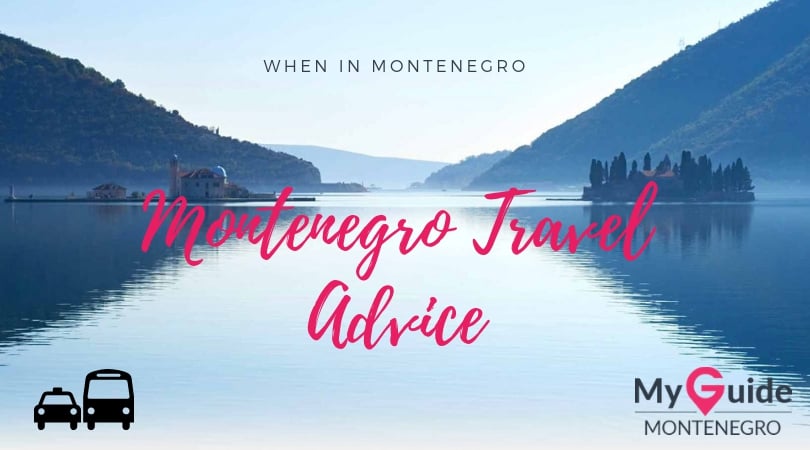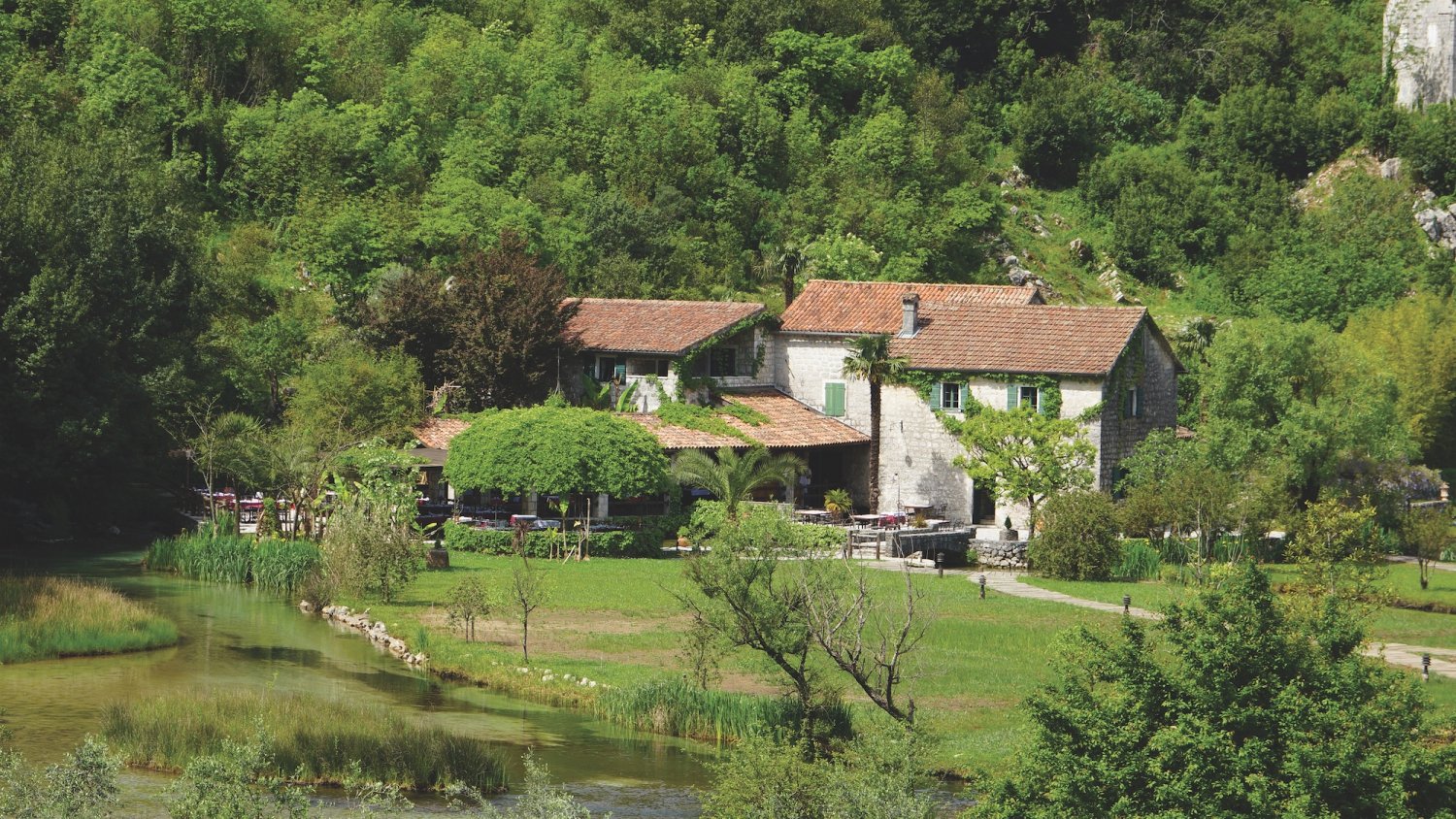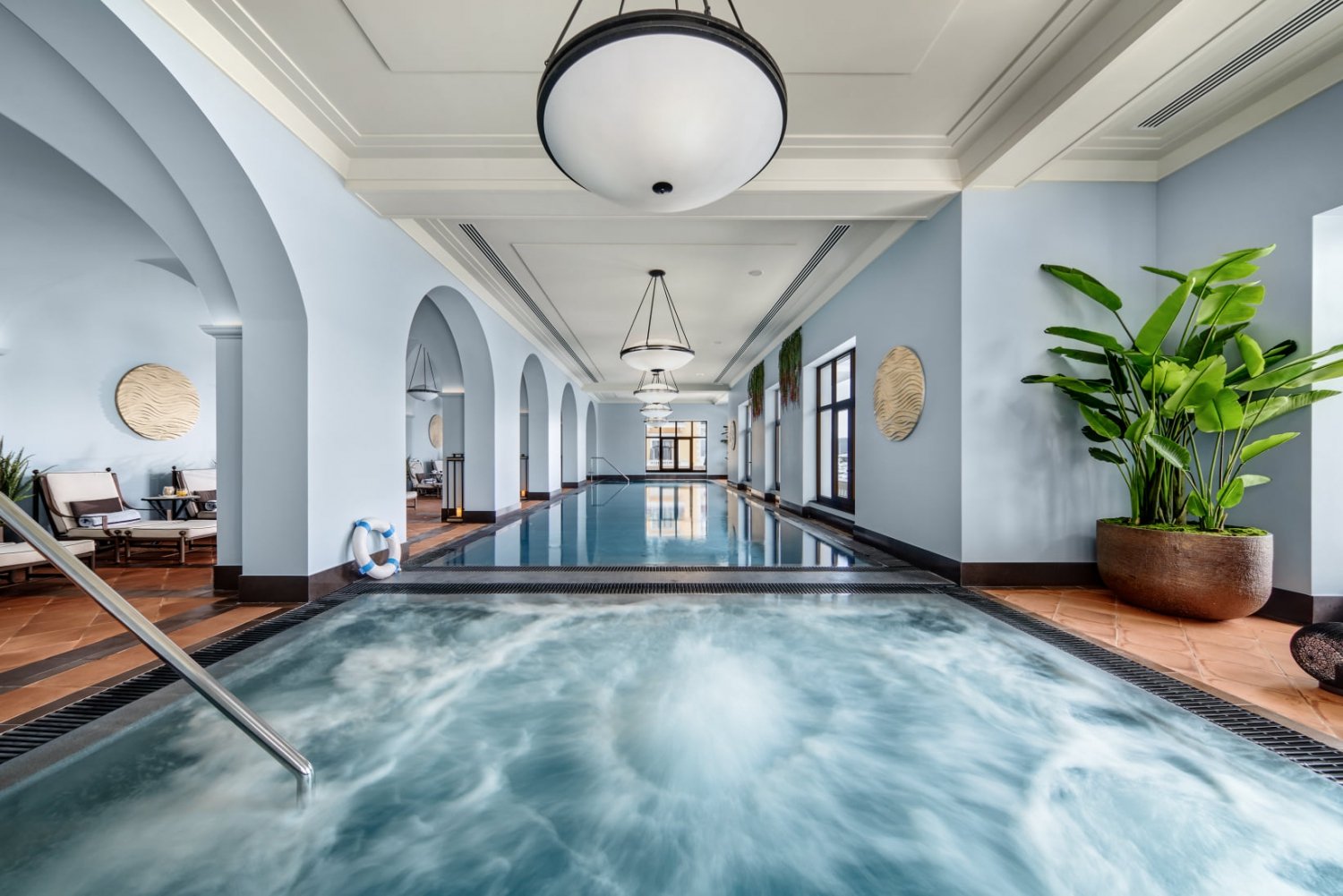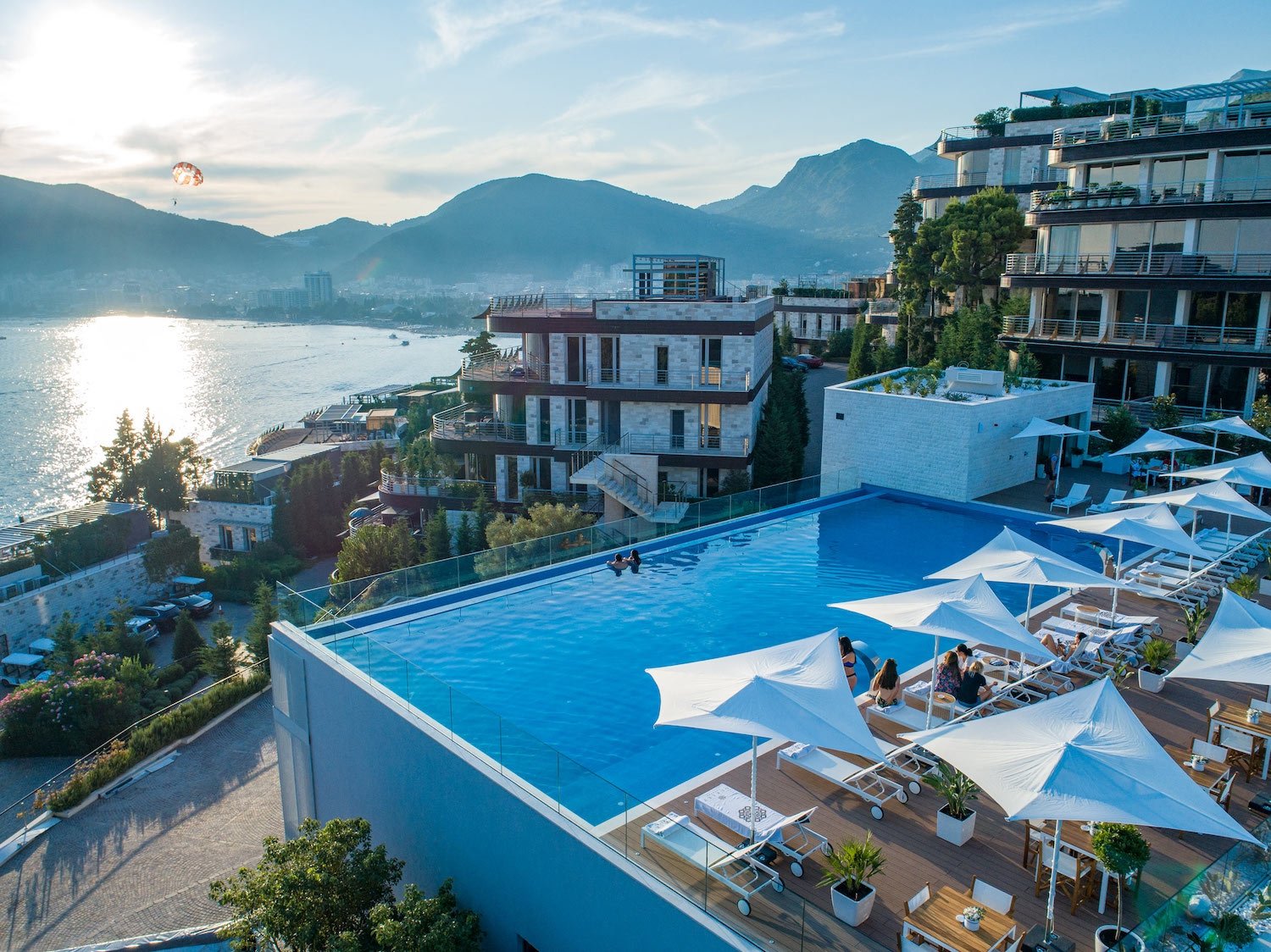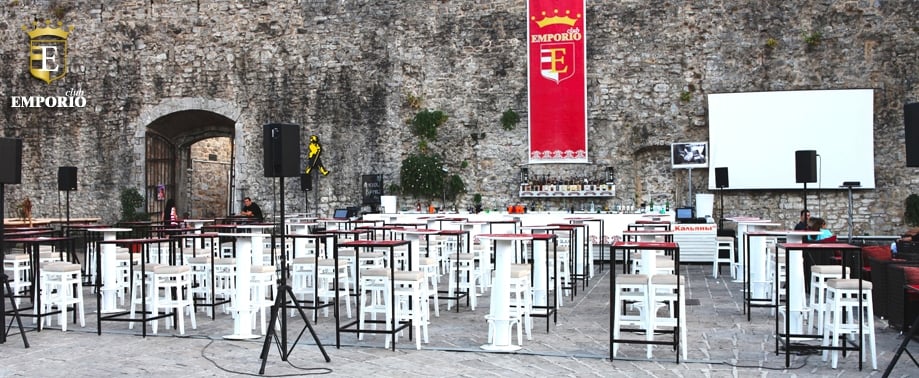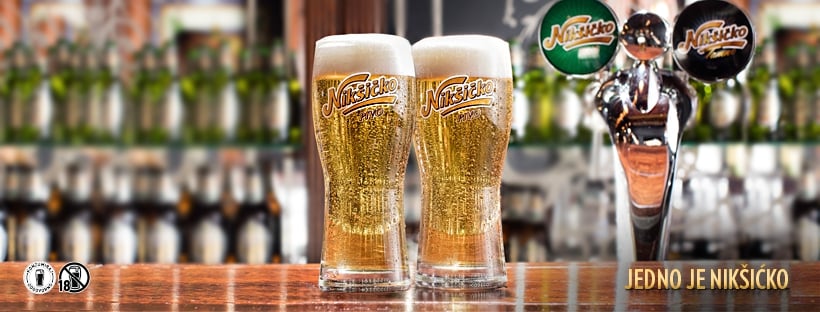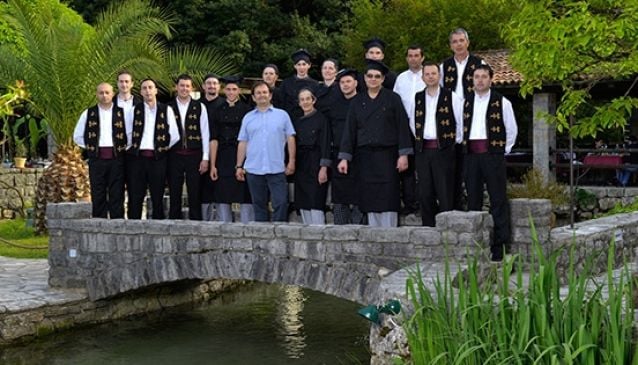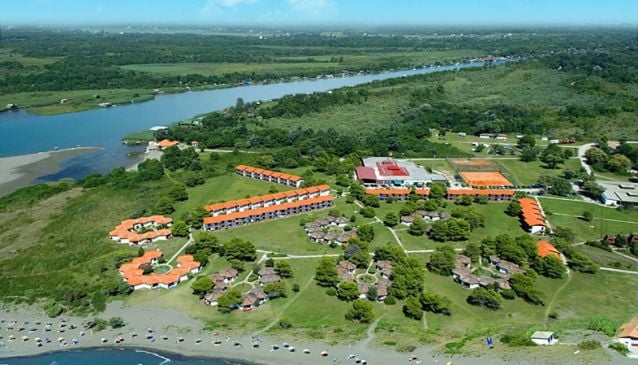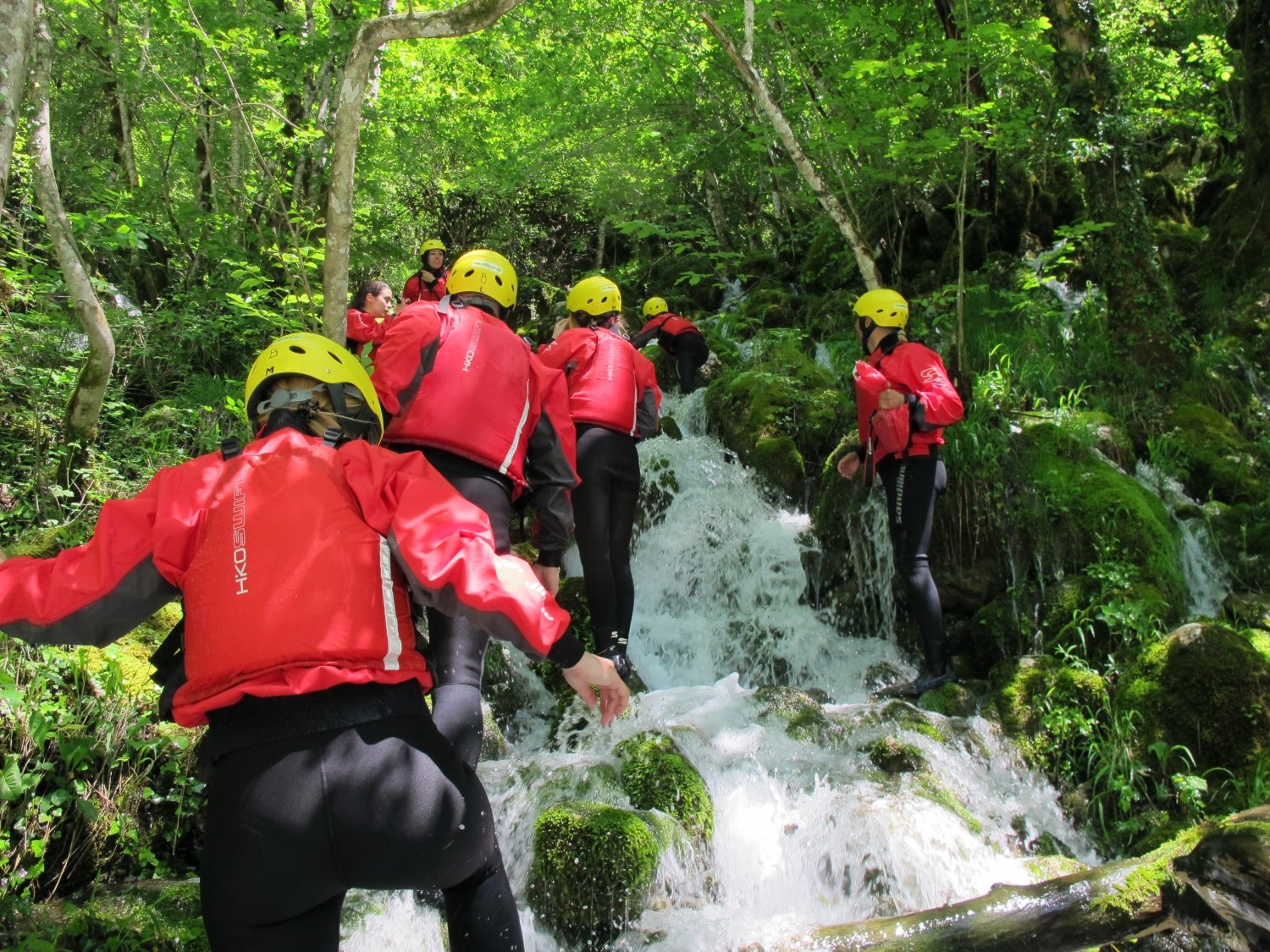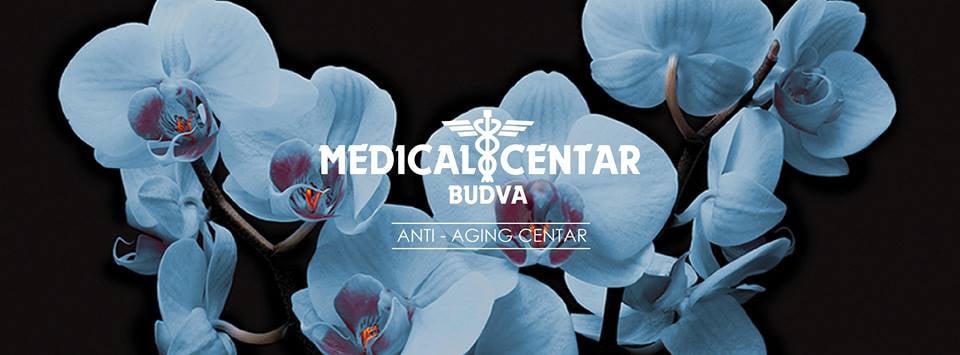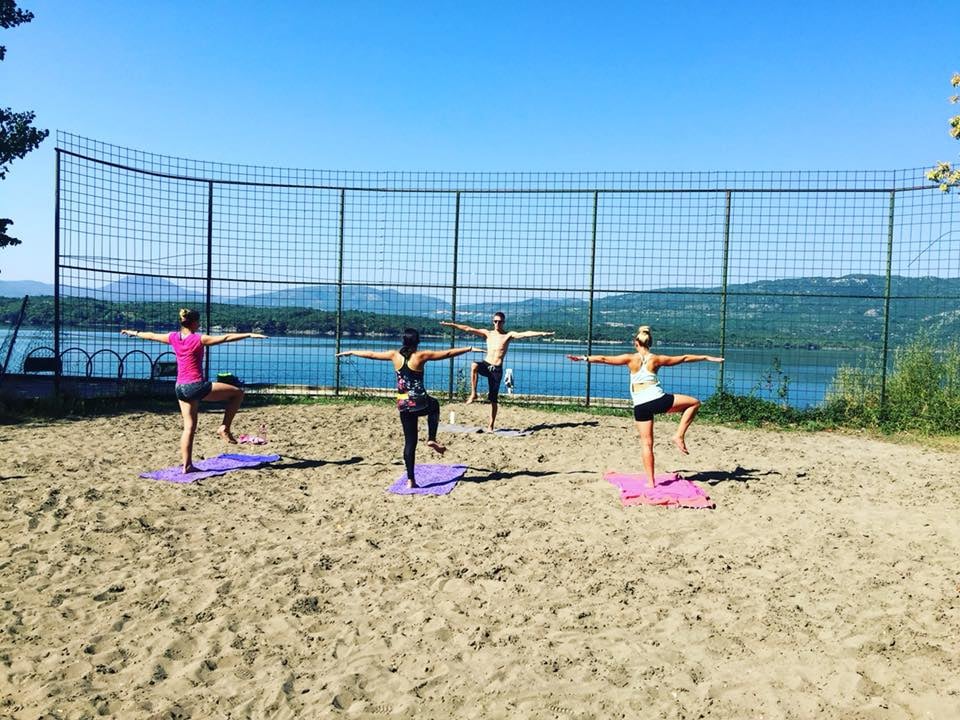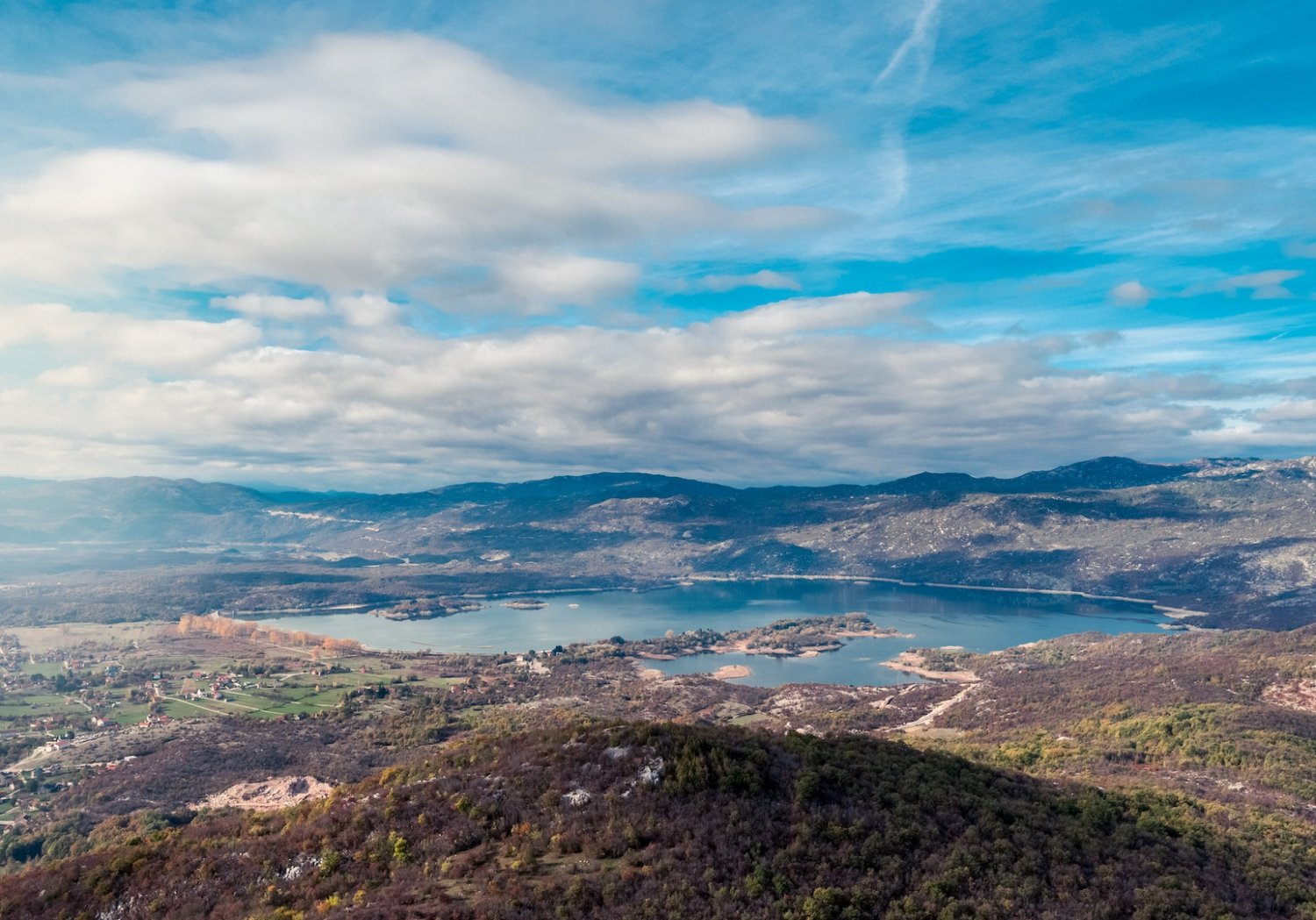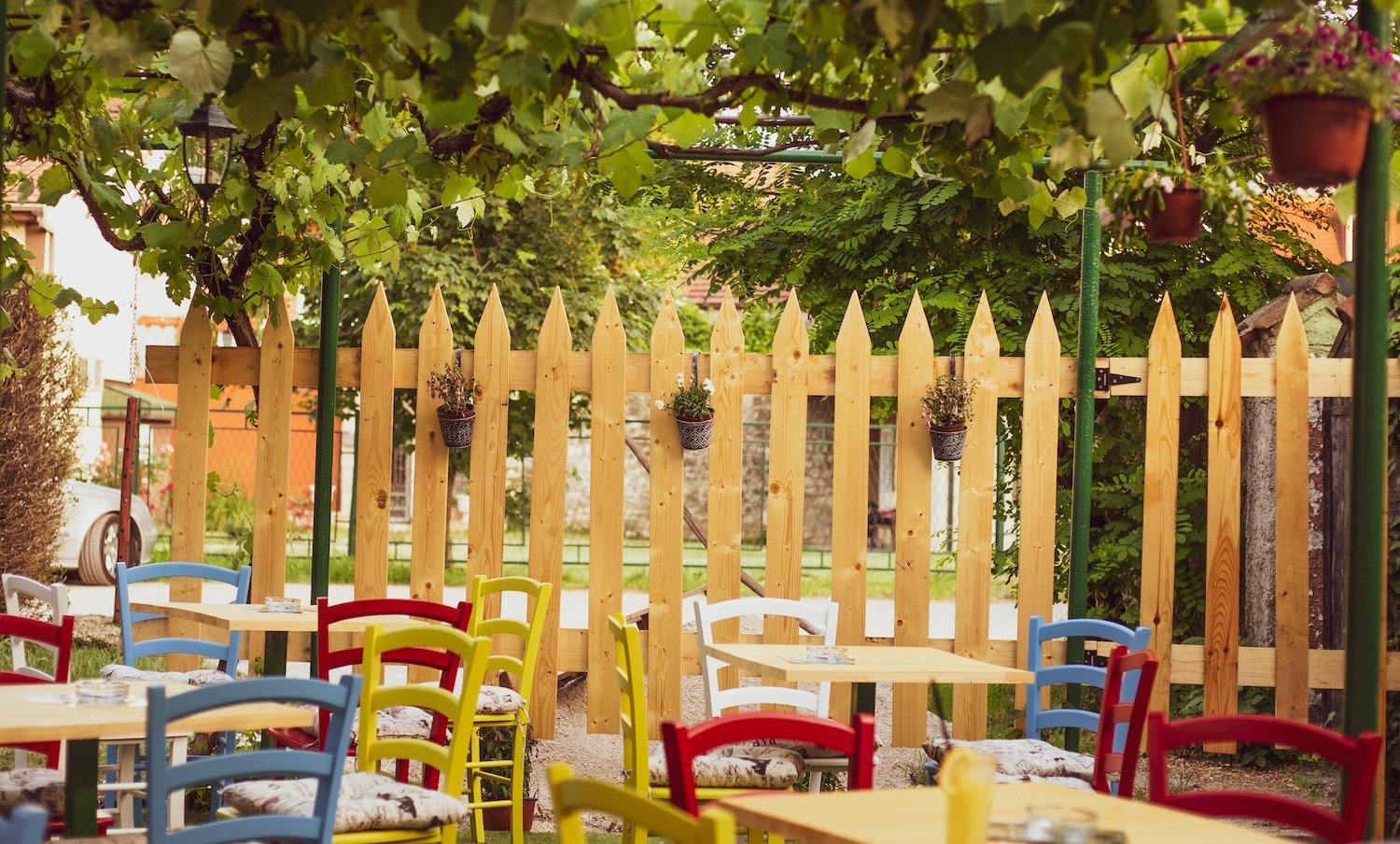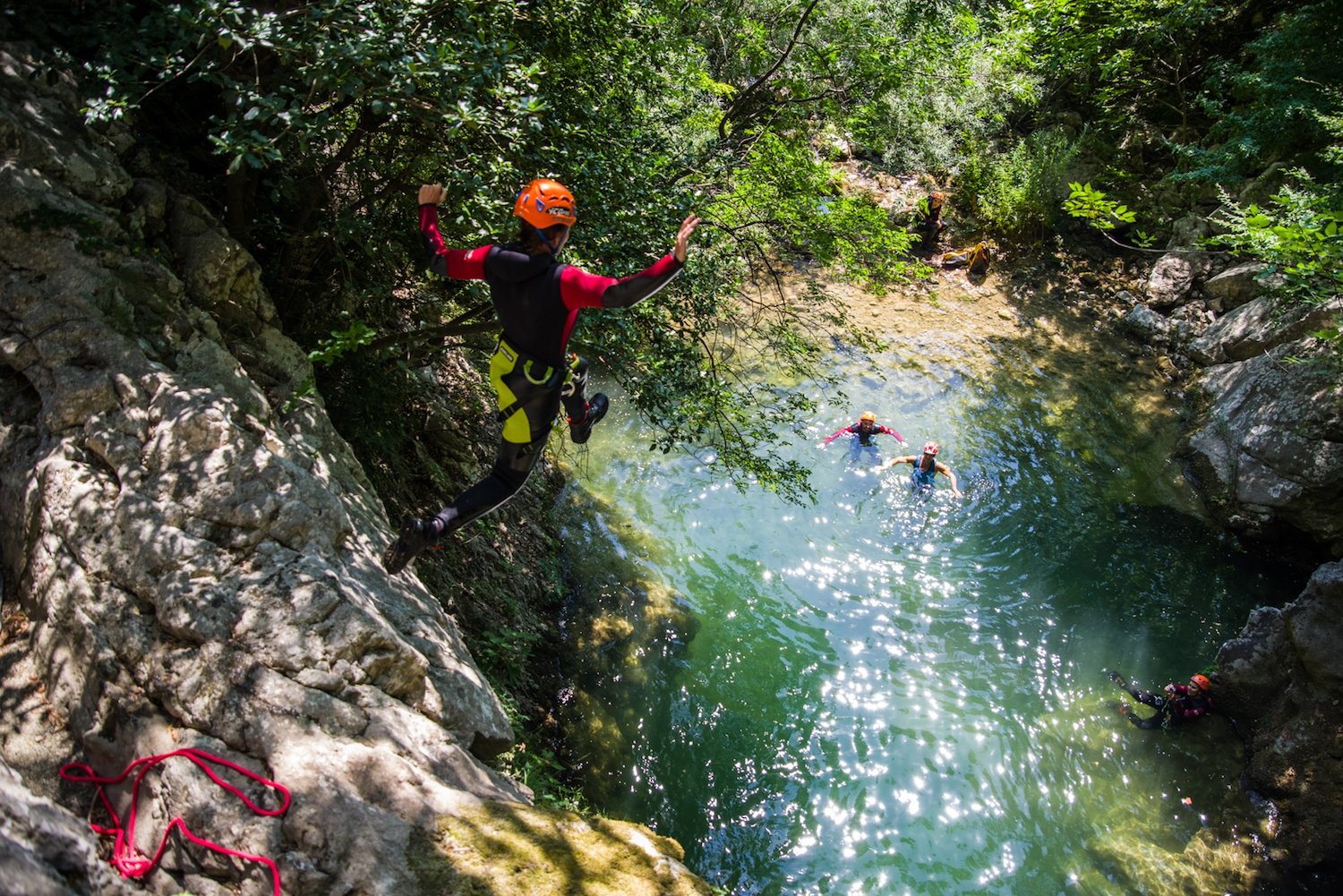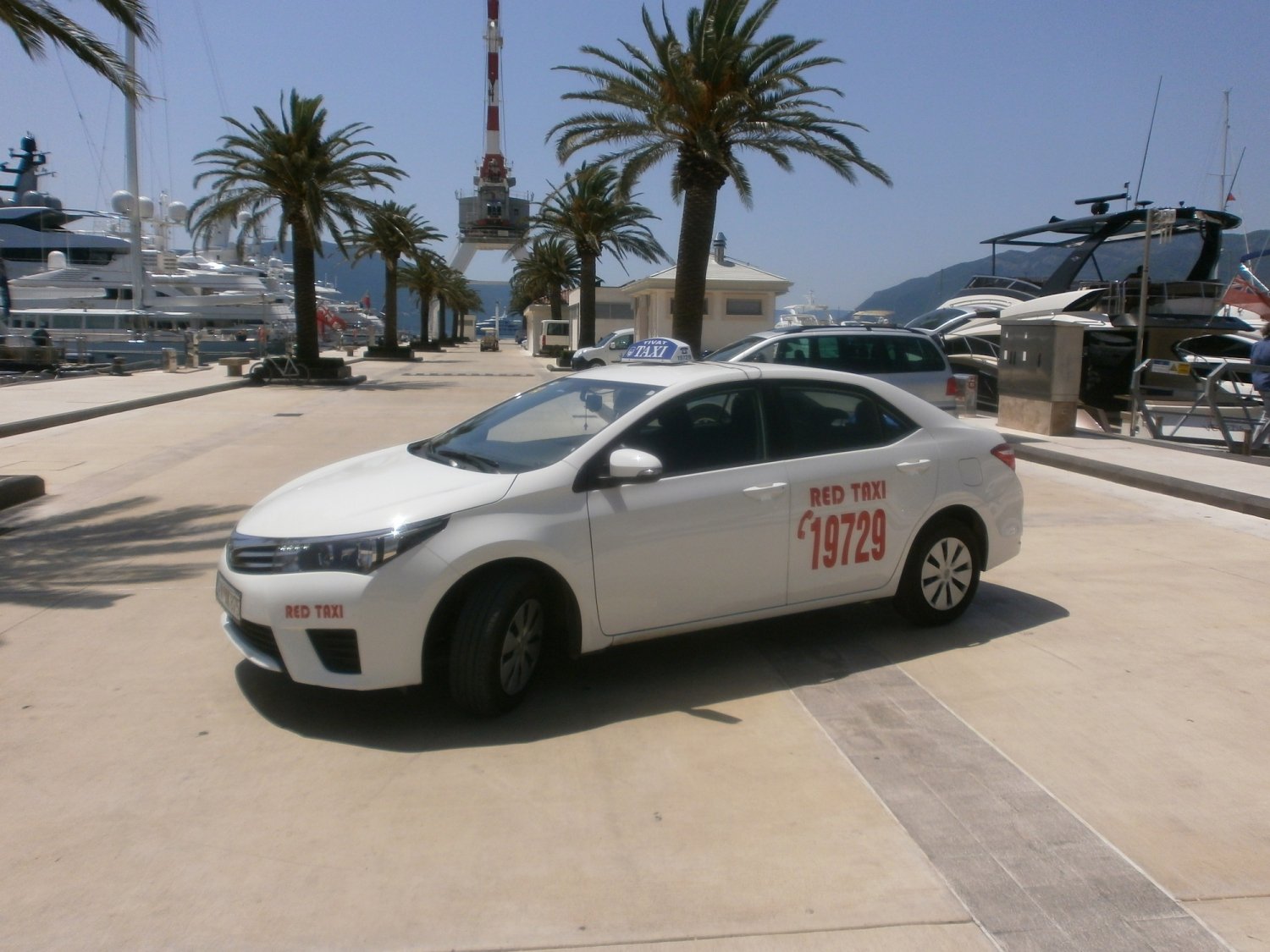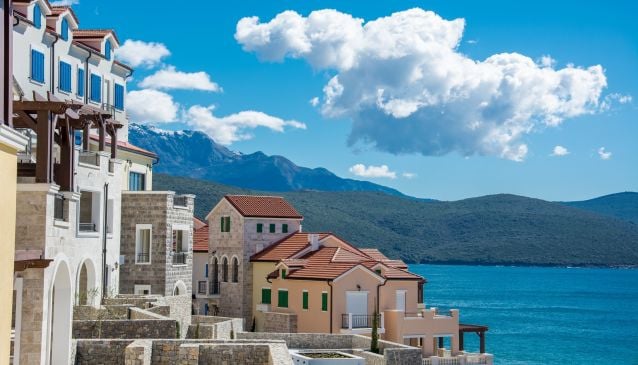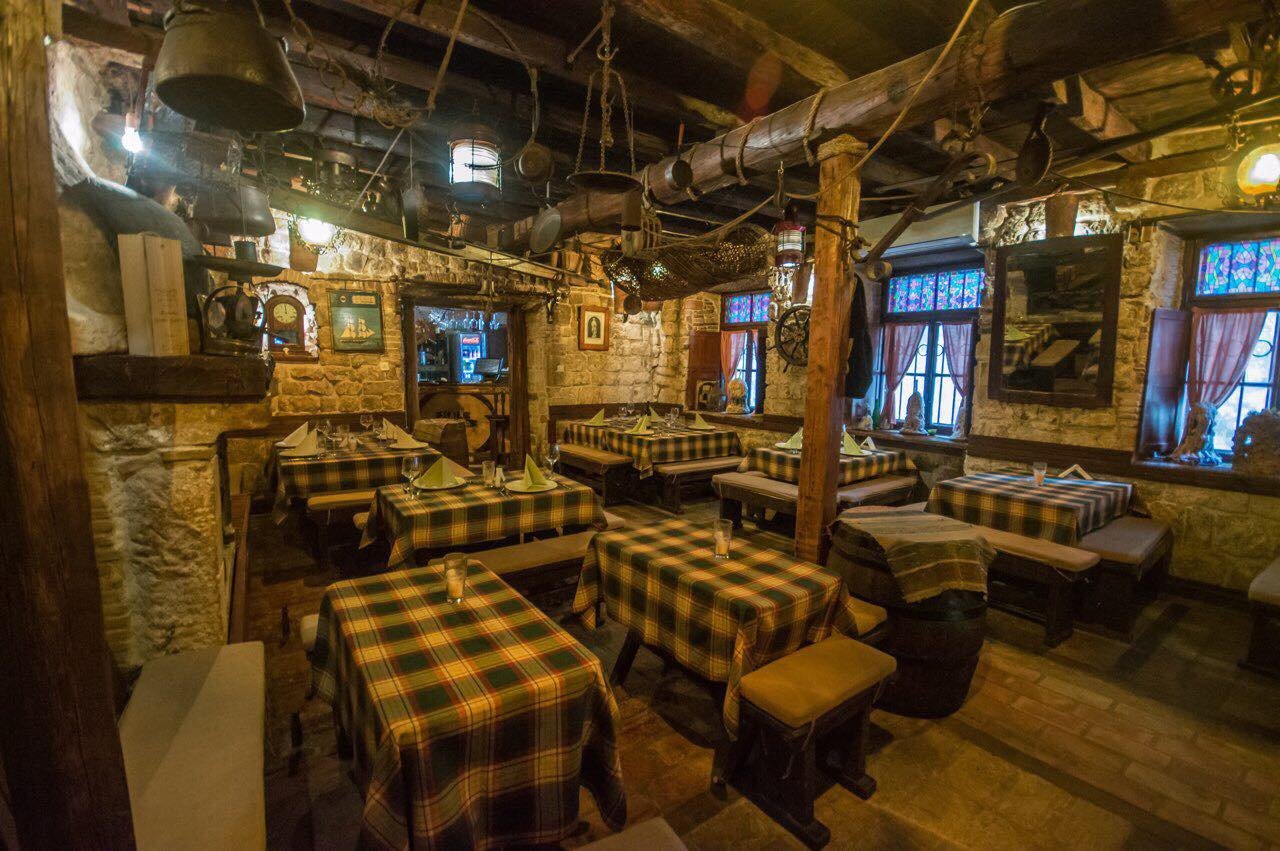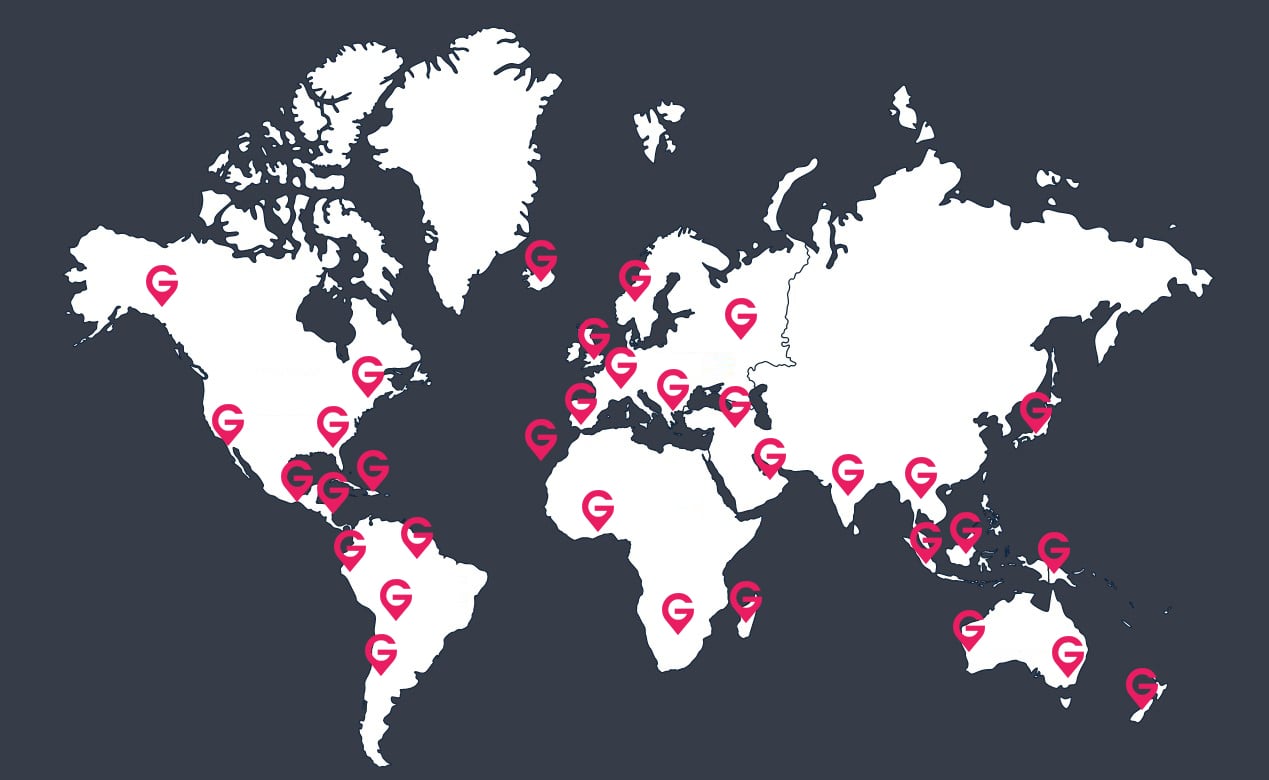Montenegro Regional Info (App Version)
With an area of around 14,000 square kilometres (roughly the size of Northern Ireland) and a population of only 650,000, Montenegro is one of Europe's smallest countries. However the variety of landscapes Montenegro has to offer belies its physical size. Boasting one of the most dramatic stretches of coastline in all of Europe, as well as some of the continent's wildest and most beautiful mountains, tiny Montenegro is likely to confound most visitors expectations.
Nearly 300km long, its stunning Adriatic coastline is sprinkled with historic towns, lively beach resorts, secluded coves and beautiful white-stone fishing villages. The remote, often inhospitable interior, meanwhile, displays an outstanding array of snow-dusted peaks, crystal clear lakes and rivers, deep forests and canyons. The whole adds up to a diverse landscape that is extraordinary for such a small country.
Montenegro got its name meaning 'Black Mountain' from the dark mountain forests that cover the land. The name dates back to the era of Venetian hegemony over the area in the Middle Ages. Other languages belonging to nearby countries also used their own language to describe Montenegro as the Black Mountain.
Montenegro is home to 117 stunning beaches. Some are very popular town beaches attracting hundreds of locals and visitors. Other beaches in Montenegro need a bit more exploring to find. Talk to locals to find some of the country's best kept secret beaches, or check out our Best Beaches here.
The Boka Bay is the southernmost fjord in the entire world. It is located in southwest Montenegro and is a winding bay on the Adriatic Sea. The fjord used to run from high up in the mountain plateaus of Mt Orjen. The bay has been inhabited for many years and has amazing Medieval towns to explore. The picturesque towns of Kotor, Risan, Tivat, Perast, Prčanj and Herceg Novi, along with their natural surroundings, are great places to visit along the bay.
Skadar Lake is the largest lake in the Balkans. The lake lies on the border between Montenegro and Albania and is named after the north Albanian city Shkodra. The lakes surface is six metres above sea level and varies between 370 and 530 square kilometres, two thirds of it being in Montenegro. This section of the lake is surrounded by a beautiful national park which is home to some of the last remaining pelicans in Europe.
Tara Canyon is the deepest canyon in Europe. The canyon is 82 kilometres long and at its deepest it is 4,265ft. It is protected as part of Durmitor National Park and is said to be a future UNESCO World Heritage Site. One of the best ways to see the canyon is to do a river rafting trip. The 11 mile trip takes two-three hours, and passes through 21 rapid sections. The adrenaline fuelled trip is said to be one of the best due to its drop in elevation in such a short distance. Hold on to your tummies!
231
English, Montenegrin
Extending from the southern tip of Croatia down to the border with Albania, the Montenegrin coast is the country's real jewel. Blessed with abundant sunshine, warm water and endless strips of sandy and pebble beaches, this startlingly beautiful coastline packs in some of the most striking scenery of the entire Adriatic.


